Trichomoniasis is a parasitic disease caused by Trichomonas vaginalis microorganisms. It is transmitted sexually. Trichomonas vaginalis is a protozoan from the group of flagellates and usually lives in the human urogenital tract. It is small and may be pear-shaped, spindle-shaped, or round.
The cause![]() of this condition, as mentioned, is a protozoal infection. The disease develops between 5 and 28 days after infection (sexual intercourse). The risk of developing trichomoniasis increases in people who have sexual intercourse with multiple partners and individuals diagnosed with other sexually transmitted diseases or have previously suffered from this condition.
of this condition, as mentioned, is a protozoal infection. The disease develops between 5 and 28 days after infection (sexual intercourse). The risk of developing trichomoniasis increases in people who have sexual intercourse with multiple partners and individuals diagnosed with other sexually transmitted diseases or have previously suffered from this condition.
Protozoal infection![]() occurs mainly through sexual contact with an infected person. There is a risk of indirectly contracting this condition – using a shared towel, sanitary facilities, gynecological tools, public toilets, or saunas. There are also cases of trichomoniasis infection during childbirth. Trichomoniasis in children may develop, for example, as a consequence of neglect of hygiene by caregivers.
occurs mainly through sexual contact with an infected person. There is a risk of indirectly contracting this condition – using a shared towel, sanitary facilities, gynecological tools, public toilets, or saunas. There are also cases of trichomoniasis infection during childbirth. Trichomoniasis in children may develop, for example, as a consequence of neglect of hygiene by caregivers.
Trichomoniasis![]() may have an acute or chronic course. In women and men, trichomonas vaginalis can live in the urogenital system for many years without causing any disturbing symptoms. The incubation period takes usually from four days to four weeks.
may have an acute or chronic course. In women and men, trichomonas vaginalis can live in the urogenital system for many years without causing any disturbing symptoms. The incubation period takes usually from four days to four weeks.
Trichomoniasis in women can have many symptoms![]() . In some women, the infection is asymptomatic. However, for most, the primary manifestation of the disease is a frothy yellow-green discharge with an unpleasant odor and irritation of the genital area. They may appear within a few days after infection. Vaginal discharge may be accompanied by pain and burning in the urethral area, as well as frequent urination accompanied by pain.
. In some women, the infection is asymptomatic. However, for most, the primary manifestation of the disease is a frothy yellow-green discharge with an unpleasant odor and irritation of the genital area. They may appear within a few days after infection. Vaginal discharge may be accompanied by pain and burning in the urethral area, as well as frequent urination accompanied by pain.
Trichomoniasis in men is most often asymptomatic![]() , but sometimes, it may cause symptoms of urethritis. The main symptoms may be pain and burning during urination, whitish discharge from the urethra, and frequent urination.
, but sometimes, it may cause symptoms of urethritis. The main symptoms may be pain and burning during urination, whitish discharge from the urethra, and frequent urination.
To sum up, asymptomatic carriers play a significant role in the spread of this condition. Although the disease affects women more often, its asymptomatic course is more common among men. The incubation period for trichomoniasis differs significantly – depending on the situation, it may range from 3 to even 28 days. Symptoms of this condition vary depending on gender.
The most typical symptoms of trichomoniasis in women include:

The most common symptoms of trichomoniasis in men are:
Trichomonas vaginalis can modify the physicochemical conditions prevailing where they live, including changes in pH. It promotes the development of other pathogens – which is why this condition often coexists with mycosis or bacterial inflammation of the genital tract. Moreover, trichomonas can stick to the vaginal epithelium, which is damaged by the enzymes it secretes. It significantly increases the risk of infection with other venereal diseases, including HIV, herpes virus, syphilis, chlamydia, and hepatitis B and C. Other complications of trichomoniasis may also include pelvic inflammatory disease, infertility, and chronic vaginitis.
If this condition is suspected, specialists recommend a consultation at a sexually transmitted disease clinic (also known as a venereology clinic, most often within a dermatology clinic) for diagnosis and treatment. Due to chronic problems with the urogenital organs, patients may initially seek help in gynecological, nephrological, or urological clinics.
The patient's reporting of the symptoms described above or the diagnosis![]() of another sexually transmitted disease should prompt a diagnosis of trichomoniasis.
of another sexually transmitted disease should prompt a diagnosis of trichomoniasis.
Trichomonas vaginalis![]() is most often detected in vaginal secretions in women and urethral secretions in men. Diagnosis is based on a microscopic examination of secretions from the genital tract, urinary tract, or urine sediment. If the result of this procedure is negative, the doctor can establish an anaerobic culture from material taken from an appropriate swab from the patient.
is most often detected in vaginal secretions in women and urethral secretions in men. Diagnosis is based on a microscopic examination of secretions from the genital tract, urinary tract, or urine sediment. If the result of this procedure is negative, the doctor can establish an anaerobic culture from material taken from an appropriate swab from the patient.
Untreated trichomoniasis is a hazardous disease, causing many serious health complications![]() . They include, among others, the formation of cysts in the reproductive organs, chronic inflammation of the genital and urinary tract, cervical diseases, ectopic pregnancy, and even cancer.
. They include, among others, the formation of cysts in the reproductive organs, chronic inflammation of the genital and urinary tract, cervical diseases, ectopic pregnancy, and even cancer.
Proper treatment of trichomoniasis involves taking appropriate antibiotics![]() . The therapy involves short-term administration of chemotherapy drugs to which protozoa are sensitive. Oral administration of nifuratel, a drug with a broad spectrum of activity, including antiprotozoal activity, may be recommended. It is used to treat vaginal and vulvar infections caused by, among others: Trichomonas vaginalis.
. The therapy involves short-term administration of chemotherapy drugs to which protozoa are sensitive. Oral administration of nifuratel, a drug with a broad spectrum of activity, including antiprotozoal activity, may be recommended. It is used to treat vaginal and vulvar infections caused by, among others: Trichomonas vaginalis.
Nifuratel![]() accelerates the treatment of urogenital infections and prevents their recurrence but does not affect the physiological vaginal flora (does not affect Lactobacillus spp). It also does not lead to cross-resistance of microorganisms to other drugs used to treat infections.
accelerates the treatment of urogenital infections and prevents their recurrence but does not affect the physiological vaginal flora (does not affect Lactobacillus spp). It also does not lead to cross-resistance of microorganisms to other drugs used to treat infections.
Do not drink alcohol while taking nifuratel orally.
Side effects of trichomoniasis treatment include:
Home treatment of trichomoniasis is not possible, but it is worth remembering to implement a few rules to avoid infection in the future.
Moreover, the treatment should also apply to the sexual partners of the infected person, and sexual contact should be refrained from until the treatment is completed and the symptoms disappear.
If trichomoniasis is detected in one of the partners, both or more partners![]() are subject to treatment. It is because, in many cases, the disease does not cause any symptoms, which means that the patient's partner does not have to know that he is sick. A gynecologist, venereologist, or urologist should conduct consultation and subsequent treatment.
are subject to treatment. It is because, in many cases, the disease does not cause any symptoms, which means that the patient's partner does not have to know that he is sick. A gynecologist, venereologist, or urologist should conduct consultation and subsequent treatment.

Treatment of the disease is based on the antibacterial and antifungal agents administration. The complementary preparation is a probiotic that will help maintain normal bacterial flora and prevent the development of other fungal infections.
In sexually active women, control tests for trichomoniasis are recommended three months after the end of treatment.
Trichomoniasis is an infection transmitted mainly sexually. The risk of infection can be reduced by monogamous relationships, avoiding casual sexual contact, using condoms, and not having sexual intercourse with people suffering from sexually transmitted diseases. Use your toiletries (soap, sponges) and towels, do not borrow underwear or swimsuits, and do not sit on the toilet seat in public toilets.
The fundamental method of preventing![]() most sexually transmitted infections is barrier contraception, which prevents contact with a partner's secretions.
most sexually transmitted infections is barrier contraception, which prevents contact with a partner's secretions.
An example of this is condoms![]() – the most frequently used protection during sexual intercourse. Their purpose is to isolate the partner's genital tract from secretions. Please remember that they are not only to avoid unplanned pregnancy but also to protect yourself against contracting sexually transmitted diseases. The factors causing these infectious diseases include bacteria, viruses, fungi, and protozoa discussed above.
– the most frequently used protection during sexual intercourse. Their purpose is to isolate the partner's genital tract from secretions. Please remember that they are not only to avoid unplanned pregnancy but also to protect yourself against contracting sexually transmitted diseases. The factors causing these infectious diseases include bacteria, viruses, fungi, and protozoa discussed above.
Another type of prevention is limiting casual sexual contact and carefully selecting partners (e.g., those tested for sexually transmitted diseases). Using tests to diagnose these infections is a way to prevent their spread in society. A significant element of prevention is the treatment of these conditions that have already occurred, which reduces the risk of spreading the disease.
It is significant to treat all sexual partners of an infected person simultaneously. For some diseases, there is also pre- or post-exposure prophylaxis. It involves administering drugs before or after exposure to a risk factor. An example of this is pre- and post-exposure prevention of HIV infection (PrEP and PEP). It is based on administering particular antiviral drugs before sexual contact with an infected person or up to 72 hours after exposure, but the earlier it is used, the greater its effectiveness. Vaccinations![]() should also be mentioned. This prevention concerns viral sexually transmitted diseases, and thanks to it, it is possible to reduce the occurrence of a given pathogen in society.
should also be mentioned. This prevention concerns viral sexually transmitted diseases, and thanks to it, it is possible to reduce the occurrence of a given pathogen in society.
It, in turn, translates into reduced infections among unvaccinated people. An excellent example of such a situation is vaccination against oncogenic types of HPV, which is recommended for both girls and boys who are not at risk of cervical cancer. However, reducing the risk of HPV infection among men also reduces the risk of infecting their sexual partners. Unfortunately, we do not have vaccines for all viruses.

Trichomoniasis is not the only sexually transmitted disease that we should protect from. The other most common venereal diseases include:
The most significant difficulty in detecting venereal diseases is the limited number of symptoms. Moreover, in some cases, a completely asymptomatic course is recorded in the first stage. So how long does it take for signs to occur? Most often, the symptoms of venereal diseases reported by patients are similar to the flu or urogenital infections, because the venereal disease symptoms are relatively inconspicuous.
Venereal diseases in men manifest themselves through unusual discharge from the urethra or pain and swelling in the scrotum area. In turn, venereal diseases in women may manifest through unusual vaginal discharge, bleeding between periods or immediately after intercourse.
In addition, both women and men also report:
If you notice any ailment, you should consult a specialist as soon as possible. For this purpose, you can visit a gynecologist, a dermatologist-venereologist, or a urologist.
Table of Contents
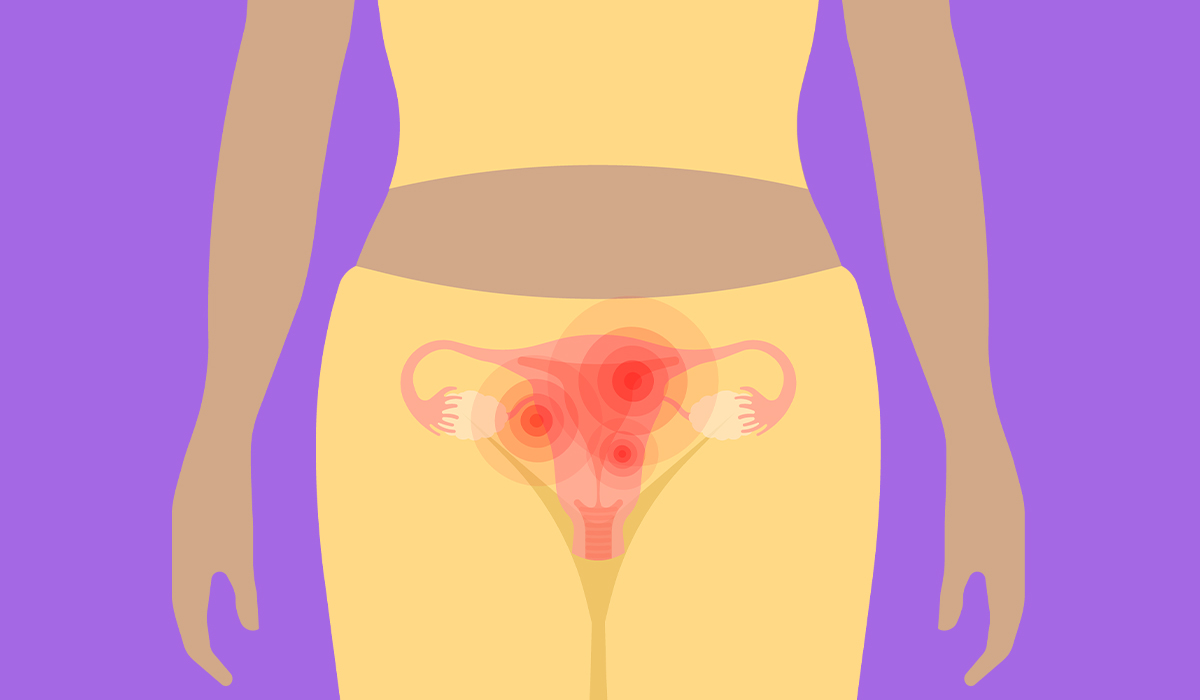
Pelvic inflammatory disease is associated with the female reproductive system. Many women suffer from pelvic pain without knowing the cause,… read more »
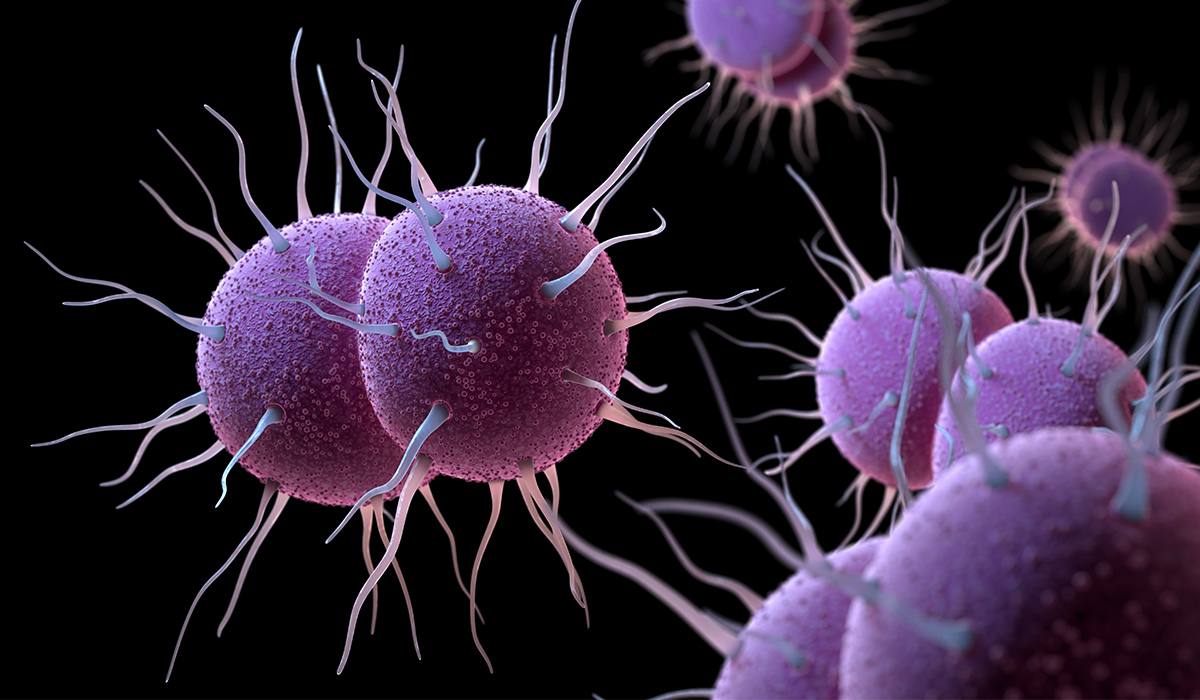
Gonorrhea is a sexually transmitted disease. The symptoms of gonorrhea in men and women are different. How to recognize them?… read more »

Vaginal discharge is a fluid or mucus that comes from the vagina. It is a normal bodily function that serves… read more »
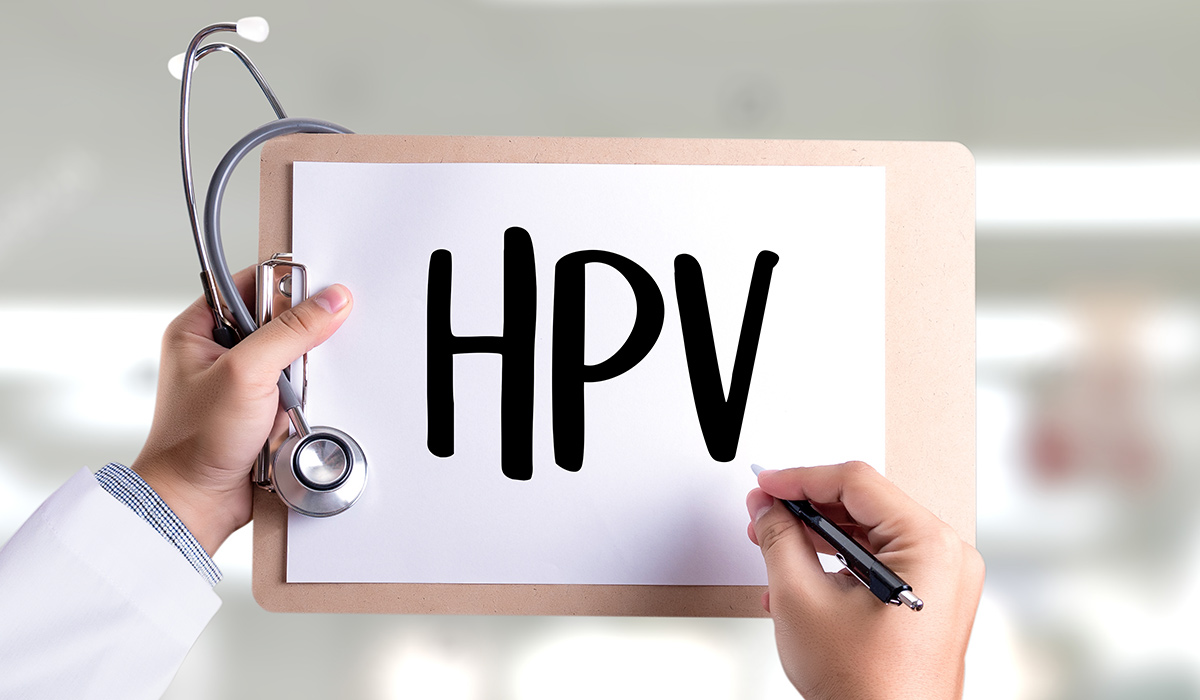
HPV (human papillomavirus) is a pathogen that can cause many different conditions, depending on its subtype. What are the symptoms… read more »
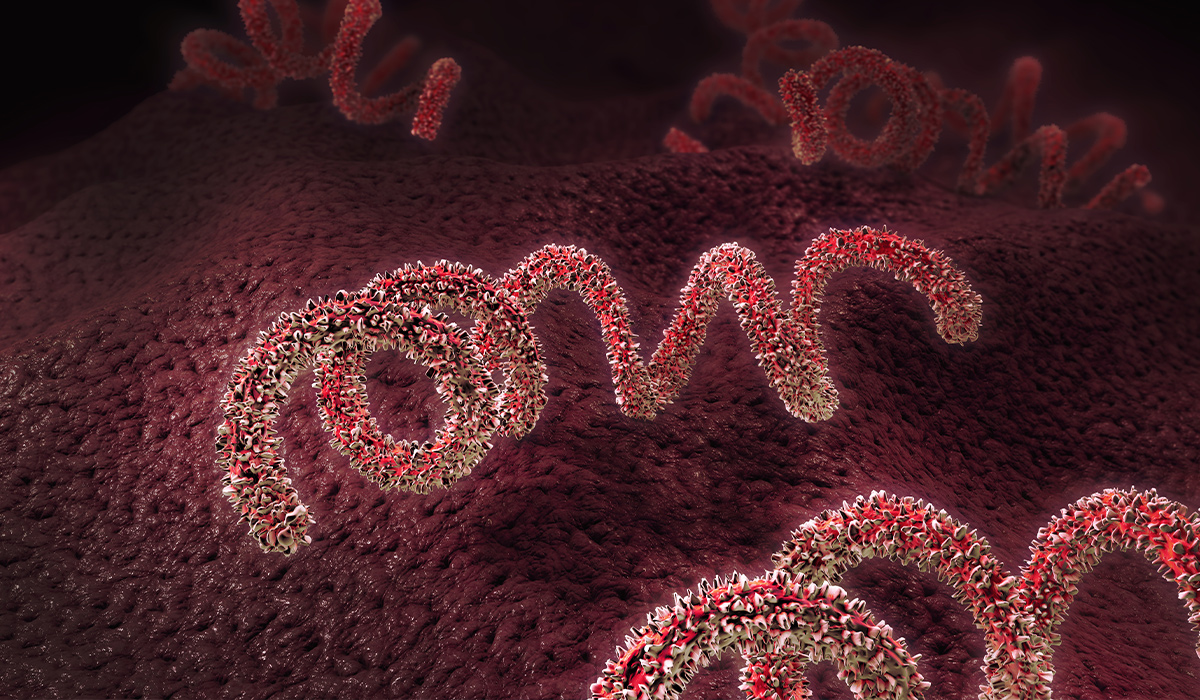
Syphilis is a highly contagious bacterial infection that spreads through sexual activity. An infected person usually doesn't know they are… read more »
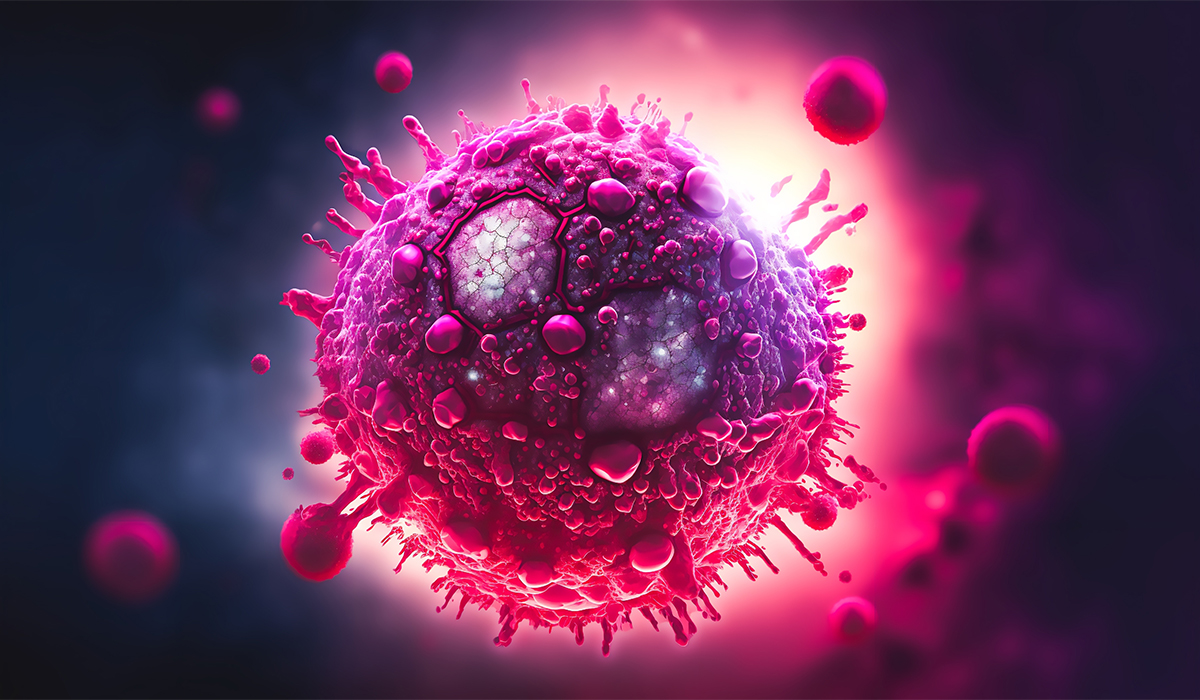
HIV is a virus that damages cells of the human immune system. How can you get infected with HIV? What… read more »

Chlamydia is one of the most common sexually transmitted diseases. How to protect yourself from it? What are the symptoms… read more »
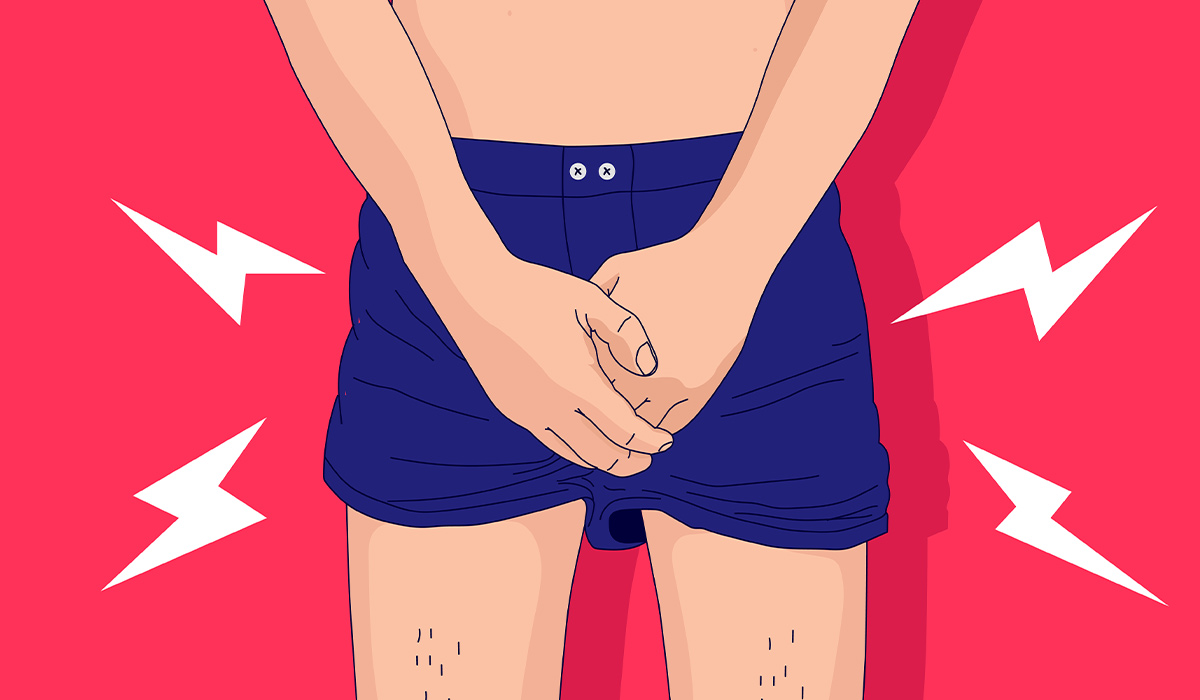
Genital herpes is a disease caused by the HSV herpes virus. What symptoms does it give? Check what treatment and… read more »
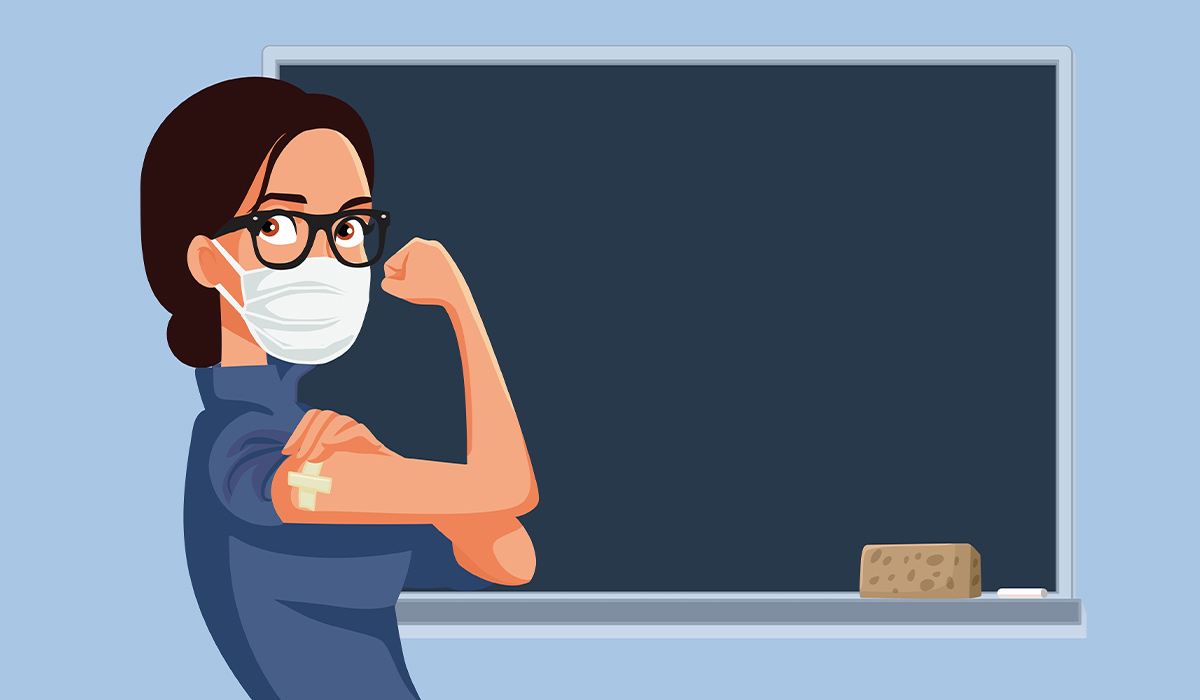
Human papillomavirus infection is one of the most common viral infections, mainly sexually transmitted. It can cause cancer. Check the… read more »